Table of Contents
Authentic Jalfrezi Vegetable Recipe
Ingredients
- 2 tbsp vegetable oil
- 1 large onion, sliced
- 1 green bell pepper, sliced
- 1 red bell pepper, sliced
- 2 medium potatoes, cubed
- 1 medium cauliflower, cut into florets
- 2 tomatoes, finely chopped
- 1 tbsp ginger-garlic paste
- 1 tsp cumin seeds
- 1 tsp turmeric powder
- 1.5 tsp coriander powder
- 1 tsp cumin powder
- 1-2 tsp chili powder (adjust to taste)
- 1 tsp garam masala
- Salt to taste
- Fresh cilantro for garnish
Step-by-Step Instructions
- Prepare vegetables: Wash and cut all vegetables into uniform 1-inch pieces for even cooking.
- Par-cook potatoes and cauliflower: Boil potatoes for 5 minutes and cauliflower for 3 minutes, then drain. This ensures they cook properly in the stir-fry.
- Heat oil: In a wok or large skillet, heat oil on medium-high until shimmering but not smoking.
- Temper spices: Add cumin seeds and let them sizzle for 30 seconds until fragrant.
- Sauté onions: Add onions and cook until golden brown (5-7 minutes).
- Add ginger-garlic paste: Stir in paste and cook for 1 minute until raw smell disappears.
- Add dry spices: Mix in turmeric, coriander powder, cumin powder, and chili powder. Cook for 30 seconds to release flavors.
- Add tomatoes: Stir in chopped tomatoes and cook until they break down and oil separates (5-7 minutes).
- Add vegetables: Add all prepared vegetables and mix well to coat with spices.
- Stir-fry: Cook on high heat, stirring frequently, for 12-15 minutes until vegetables are tender-crisp.
- Finish: Sprinkle garam masala and salt. Garnish with fresh cilantro. Serve immediately.
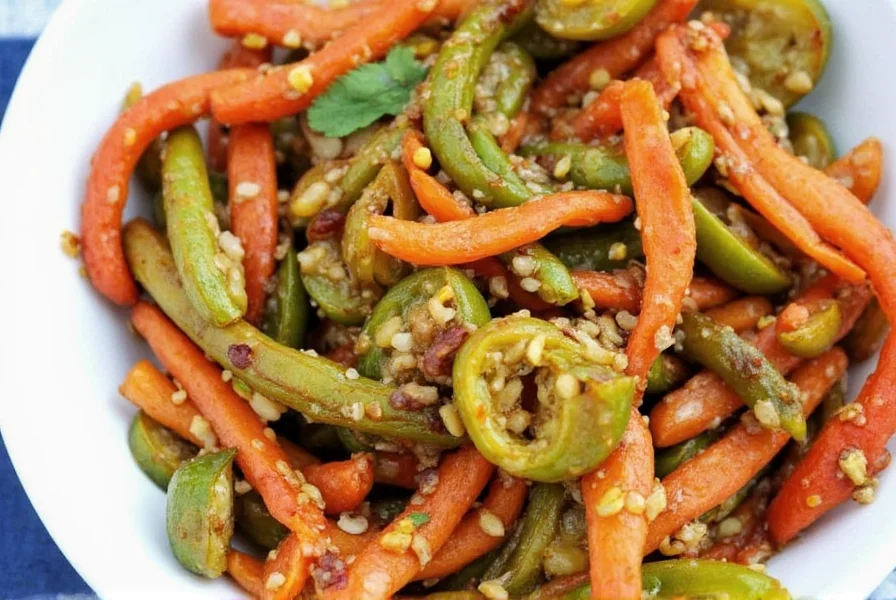
What Is Jalfrezi Vegetable?
Jalfrezi vegetable is a vibrant North Indian stir-fry dish known for its bold flavors and high-heat cooking technique. Despite common misconceptions, the name doesn't come from "jalebi" (the sweet dessert) but from Hindi words "jal" (hot water/scalding) and "frezi" (fry), referring to the cooking method. This dry curry features colorful vegetables cooked quickly over intense heat with a signature blend of spices.
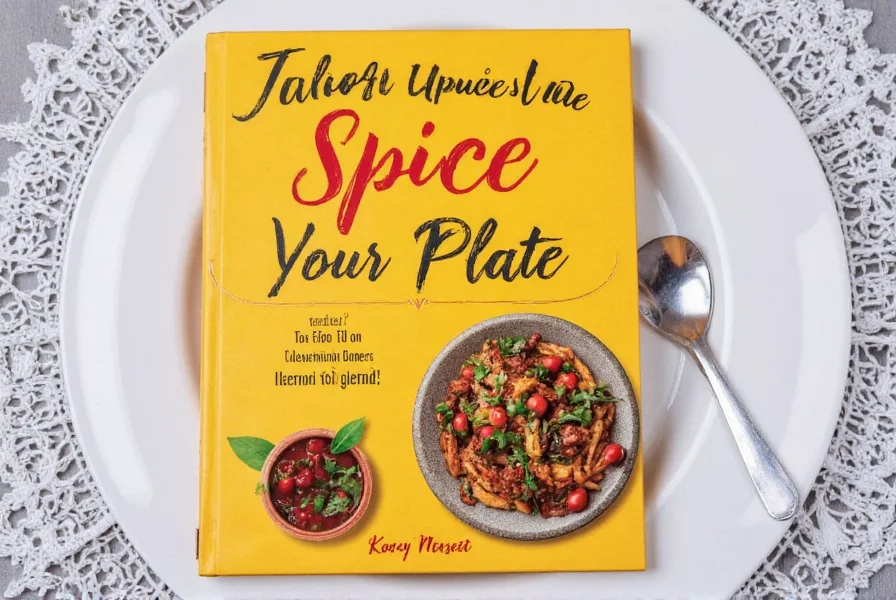
The authentic dish balances heat from chilies with tanginess from tomatoes and depth from carefully layered spices. Unlike curry-style dishes, jalfrezi maintains distinct vegetable textures through high-temperature stir-frying, resulting in a vibrant, restaurant-quality meal that's surprisingly achievable at home.
Complete Spice Guide for Perfect Flavor
Understanding the spice profile is crucial for authentic jalfrezi. Here's what makes each spice essential:
- Turmeric: Adds earthy depth and vibrant color (use 1 tsp for perfect hue without bitterness)
- Cumin seeds: Provide the foundational aroma when tempered in hot oil (never skip this step)
- Coriander powder: Balances heat with citrus notes (1.5 tsp is ideal for 4 servings)
- Chili powder: Adjust between 1-2 tsp based on heat preference (Kashmiri chili provides color with less heat)
- Garam masala: Add at the end for fragrance (1 tsp maximum to avoid overpowering)
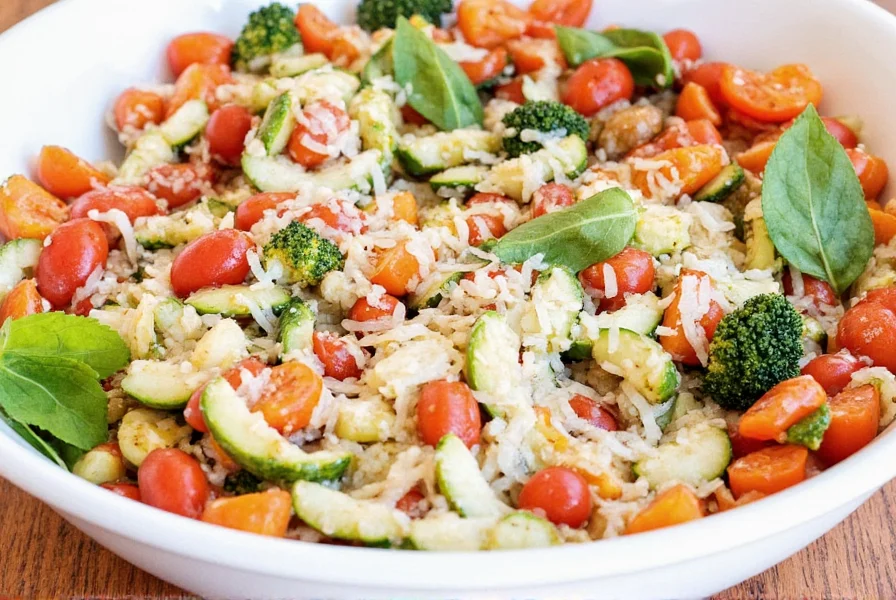
For best results, toast whole spices before grinding or use freshly ground powders. The key is adding spices in sequence - cumin seeds first, dry spices after onions, garam masala at the end. This layering technique creates complex flavor development that defines authentic jalfrezi.
Essential Cooking Tips for Best Results
- High heat is non-negotiable: Jalfrezi requires intense heat (medium-high to high) to achieve the characteristic sear without steaming vegetables.
- Don't overcrowd the pan: Cook in batches if necessary. Overcrowding lowers temperature and causes vegetables to release water instead of frying.
- Pre-cook dense vegetables: Par-boil potatoes and cauliflower to ensure they cook through without burning other ingredients.
- Oil separation is your cue: Continue cooking the tomato base until oil separates from the masala - this indicates proper spice development.
- Stir-fry, don't simmer: Authentic jalfrezi has minimal liquid - vegetables should be coated in spices, not swimming in sauce.
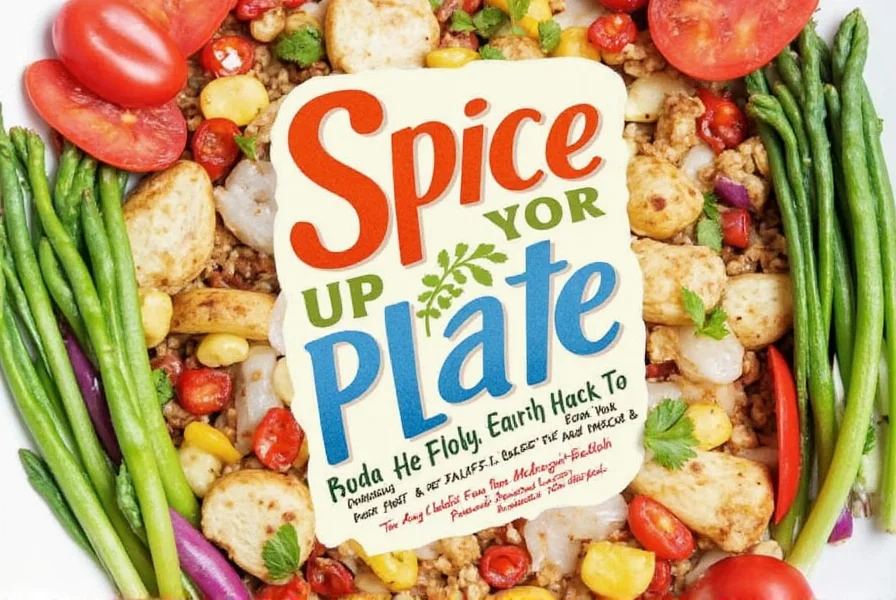
Timing is critical - vegetables should maintain texture while absorbing flavors. Test with a fork: potatoes should be tender but hold shape, peppers slightly crisp. Overcooking destroys the dish's character. For restaurant-quality results, practice the "wok hei" technique of constant, vigorous stirring while maintaining high heat.
Ingredient Buying Guide
| Ingredient | Selection Tips | Storage | Preparation | Substitutes |
|---|---|---|---|---|
| Fresh vegetables | Choose firm, unblemished produce. Bell peppers should be shiny with tight skin. | Store in crisper drawer for 3-5 days | Cut into uniform 1-inch pieces | Zucchini or eggplant for softer texture |
| Spice powders | Check expiration dates; smell for freshness. Avoid clumpy or faded spices. | Air-tight containers away from light (6-12 months) | No preparation needed | Whole spices toasted and ground fresh |
| Ginger-garlic paste | Fresh paste should be pale yellow, not gray or separated | Refrigerate 2 weeks or freeze in portions | Use 1 tbsp per batch | 1 tsp each grated ginger and garlic |
| Cooking oil | Use neutral high-smoke point oil (vegetable, canola, or sunflower) | Cool, dark place | Measure before starting | Grapeseed or avocado oil |
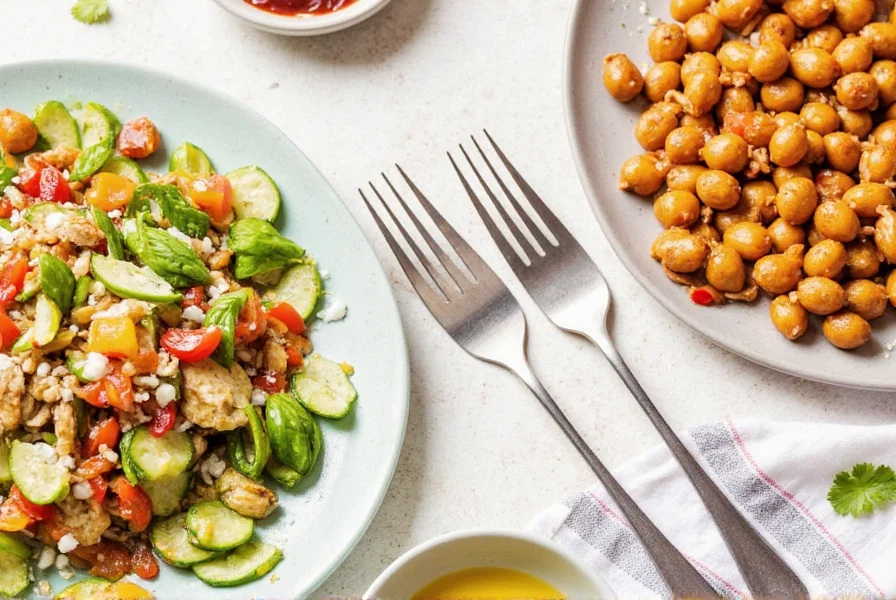
For authentic flavor, prioritize fresh, seasonal vegetables. In winter, use hearty options like potatoes and cauliflower; summer allows for bell peppers and zucchini. When selecting spices, buy small quantities from stores with high turnover to ensure freshness. The quality of your chili powder significantly impacts the final dish - Kashmiri chili provides vibrant color with moderate heat, while cayenne delivers intense spice.
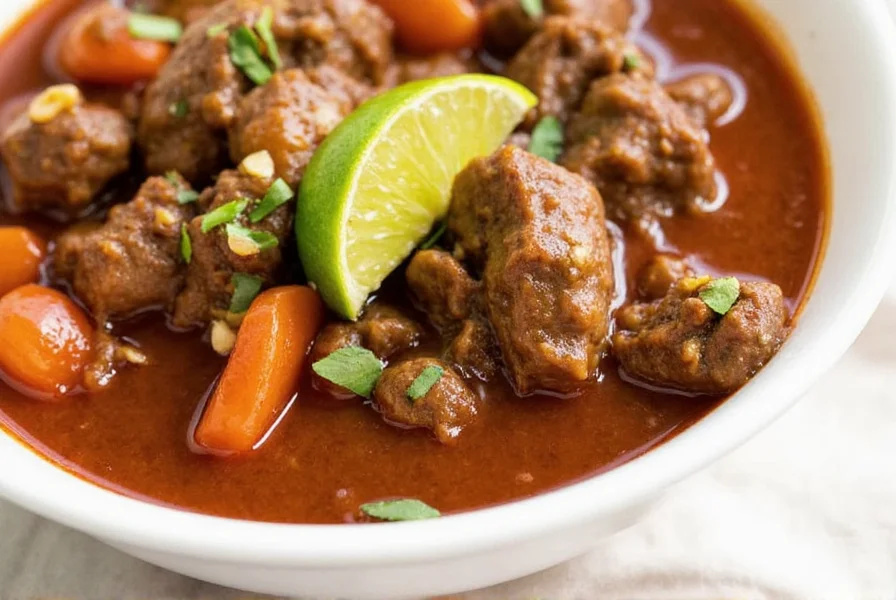
Frequently Asked Questions About Jalfrezi Vegetable
What makes Jalfrezi different from other Indian vegetable dishes?
Jalfrezi is distinguished by its high-heat stir-fry technique and dry consistency. Unlike curries that simmer in sauce, authentic jalfrezi maintains distinct vegetable textures through quick cooking. The spice profile emphasizes heat balanced with tanginess from tomatoes, creating a vibrant dish where vegetables remain the star rather than being submerged in gravy.
How can I adjust the heat level in Jalfrezi Vegetable?
Control heat through chili selection and preparation: 1) Use Kashmiri chili powder for color with less heat, 2) Remove seeds and membranes from fresh chilies, 3) Increase tomato quantity (acidity balances heat), 4) Add 1-2 tsp lemon juice at the end. For significantly milder versions, replace half the chili powder with paprika. Remember to add heat gradually - you can always increase spice, but can't reduce it once added.
What's the secret to perfect restaurant-style Jalfrezi at home?
The three keys are: 1) Proper heat management - maintain high, consistent temperature throughout cooking, 2) Spice layering - add different spices at specific stages for flavor development, 3) Vegetable preparation - par-cook dense vegetables to ensure even cooking. Most home cooks fail by using too low heat or overcrowding the pan, which steams rather than fries the vegetables.
Can I make Jalfrezi Vegetable ahead of time?
Jalfrezi is best served immediately, but components can be prepped ahead: 1) Chop vegetables and store in separate containers (24 hours max), 2) Make spice mix in advance, 3) Par-cook dense vegetables. However, the actual stir-frying must be done fresh - reheating destroys the texture that defines authentic jalfrezi. If needed, reheat gently with 1 tsp water to prevent drying.
Conclusion
Mastering authentic Jalfrezi Vegetable requires understanding its core principles: high-heat cooking, proper spice layering, and vegetable preparation. This vibrant dish showcases how simple ingredients transform through technique into something extraordinary. By following these precise steps and understanding why each matters, you'll create restaurant-quality jalfrezi that captures the essence of North Indian cuisine.
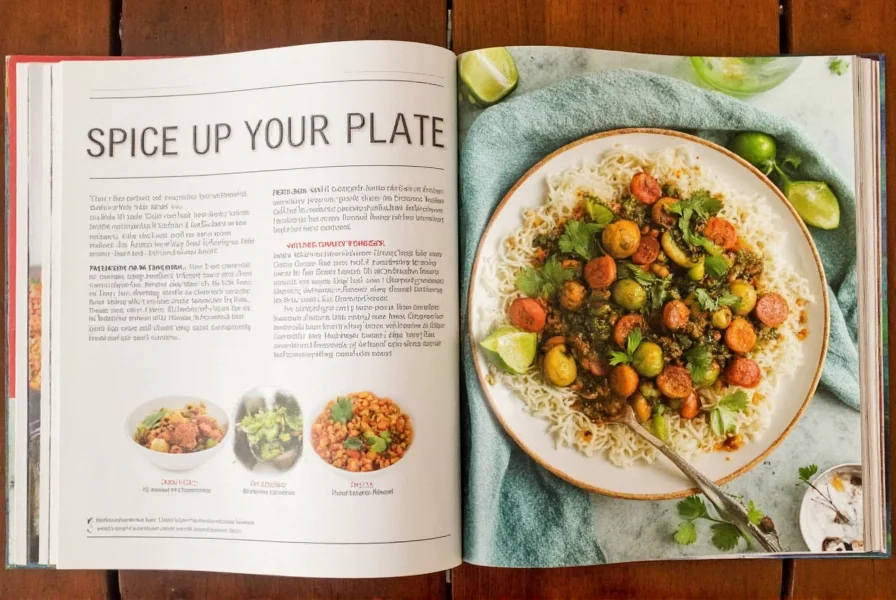
The beauty of jalfrezi lies in its balance - of heat and tang, texture and flavor, tradition and adaptation. As you practice, you'll develop intuition for adjusting to your taste while maintaining authenticity. Serve with basmati rice and cooling raita for a complete meal that brings the vibrant energy of Indian street food to your kitchen.











 浙公网安备
33010002000092号
浙公网安备
33010002000092号 浙B2-20120091-4
浙B2-20120091-4